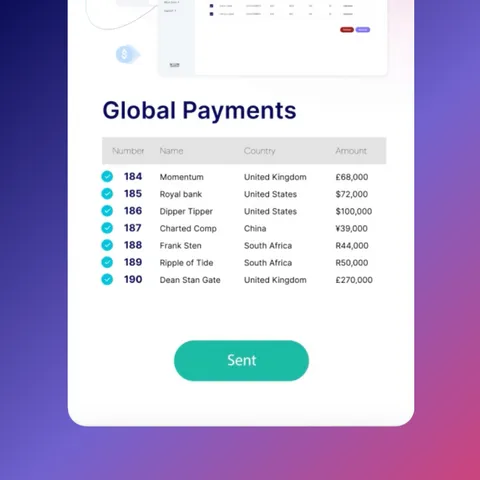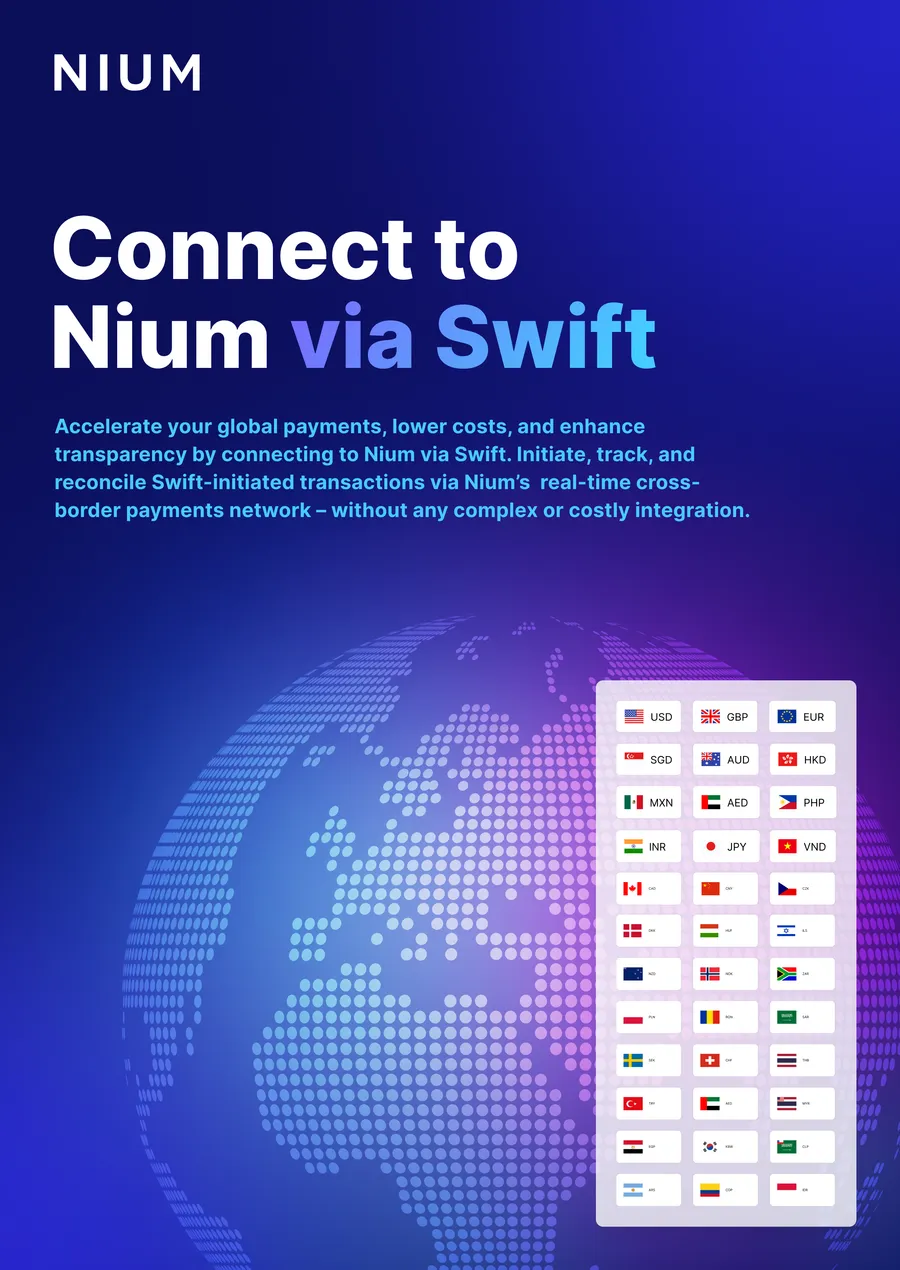Over the last decade the gig economy has risen to global prominence, increasing worldwide at an average of 17% every year.
This rise has been fueled by the gig economy’s flexibility and reach, lowering costs for employers as they hire on an hourly or per-project basis while allowing workers to earn simultaneously from multiple sources. Also, the vast range of on-demand work available to individuals through platforms and marketplaces has amplified the prevalence of remote work.
Increase And Opportunity
This reflects a global trend; while most initial activity was in the U.S and Europe, emerging economies are catching up. China is now the second-largest gig economy market, with Brazil third and India fifth, including a 150% rise in the number of Indian freelancers over the past year. In Africa, it’s estimated that 80 million young people will be involved by the end of the decade. These highly populated nations have huge potential for growth, as they develop access to the digital infrastructure for on-demand workers.
Technology Is Enabling Gig Economy Growth
- Expanding global internet coverage. Smartphones are now ubiquitous in all markets, lowering the entry barrier. Freelancers across the world can now use the internet to bring in work, by connecting directly to customers and clients via specialized platforms like Uber.
- Collaboration platforms are making physical spaces redundant. Companies can now utilize a dispersed workforce that collaborates digitally via programs like Zoom, Slack, Microsoft Teams etc. No longer tied to physical spaces, these companies now have access to a much bigger proportion of the global workforce, creating a truly open market for talent.
- Technology offers gig workers’ bargaining power over employers. Gig workers, using internet to find work, can now choose between a much wider selection of employers. So employers must do more to attract the best talent. Good payment technology offers one keyway to stand out from competitors – by offering necessities like real-time payment and reduced payment volatility, employers can make life more comfortable for gig workers and earn their loyalty.
- Emergence of newer payment systems and infrastructure– Money movement is now faster and more flexible than traditional transfers, and can allow unbanked workers to enter the gig economy by using virtual debit cards to receive quick payments.
To serve the needs of gig workers in different countries, including those who are unbanked, access to a range of payment options is still key – from wallets to virtual debit cards. As more people around the world adopt freelance, contract, and gig work, there is more information on what to consider before working with a platform, including information about fees, currencies, timing, and security of payments. While speed and reliability matter, so does the need to offer options for how a worker receives their payment.
Simple Seamless And Scalable Payments Are Vital For A Global On-Demand Workforce
The gig economy will continue to expand in the next half-decade as millennials and generation Z become a larger proportion of the workforce. Being digital natives, they’ll expect financial services that are more responsive to their specific needs and pains.
Vital requirements will include:
- Quick transfers – over half of gig workers prefer real-time payments, and will gravitate towards systems that don’t cause painful delays.
- Ease of use – the best solutions will require minimal set-up, lowering the barriers to entry and enabling workers to get started ASAP.
- Versatility – optimal platforms will route everything through one portal offering a full range of solutions, instead of forcing users to switch between multiple pieces of software.
- Coverage – as the gig economy becomes more global, comprehensive coverage and integration into a wide variety of national markets will be key.
In five years’ time the companies that have thrived in the gig economy will be those who embraced and embed simple, seamless and scalable payments strategy. Nium’s vision is of a digital world where money moves quickly, safely, and easily across all payment methods and to all regions That’s why Nium’s modular platform that is both flexible and intuitive. Everything we offer is designed to take care of regulatory issues and payment delivery seamlessly behind the scenes, setting providers free to innovate.
To learn out more about how gig platforms can succeed in a changing world, download the eBook: Paying It Forward: The Future of Payments in the Gig Economy, or get in touch with a Nium payments expert for a personalized consultation.

Original version published on Sept. 18, 2021






.png@webp)



.png@webp)



